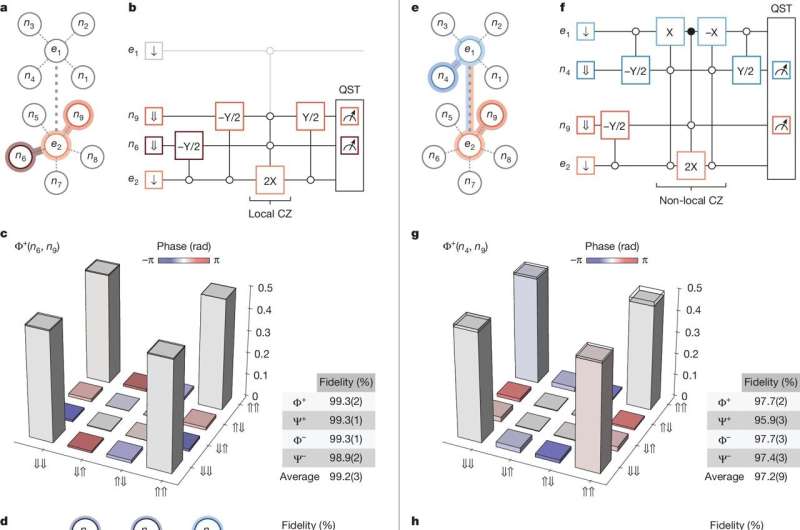“Self-driving” or “autonomous” labs are an emerging technology in which artificial intelligence guides the discovery process, helping design experiments or perfecting decision strategies.
While these labs have generated heated debate about whether humans or machines should lead scientific research, a new paper from Argonne National Laboratory and the University of Chicago Pritzker School of Molecular Engineering (UChicago PME) has proposed a novel answer: Both.
In the paper published in Nature Chemical Engineering, the team led by UChicago PME Asst. Prof. Jie Xu, who has a joint appointment at Argonne, outlined an “AI advisor” model that helps humans and machines share the driver’s seat in self-driving labs.








